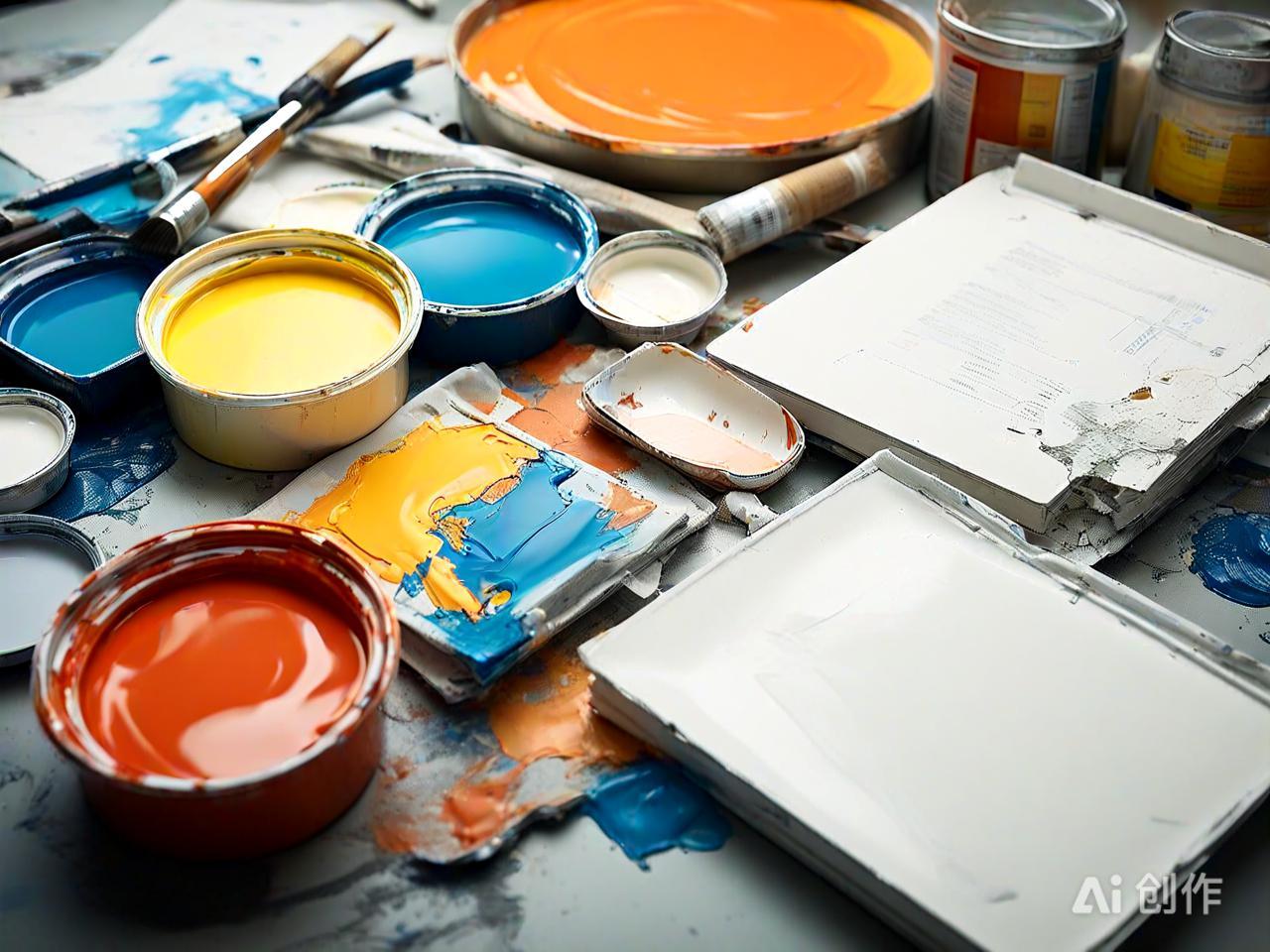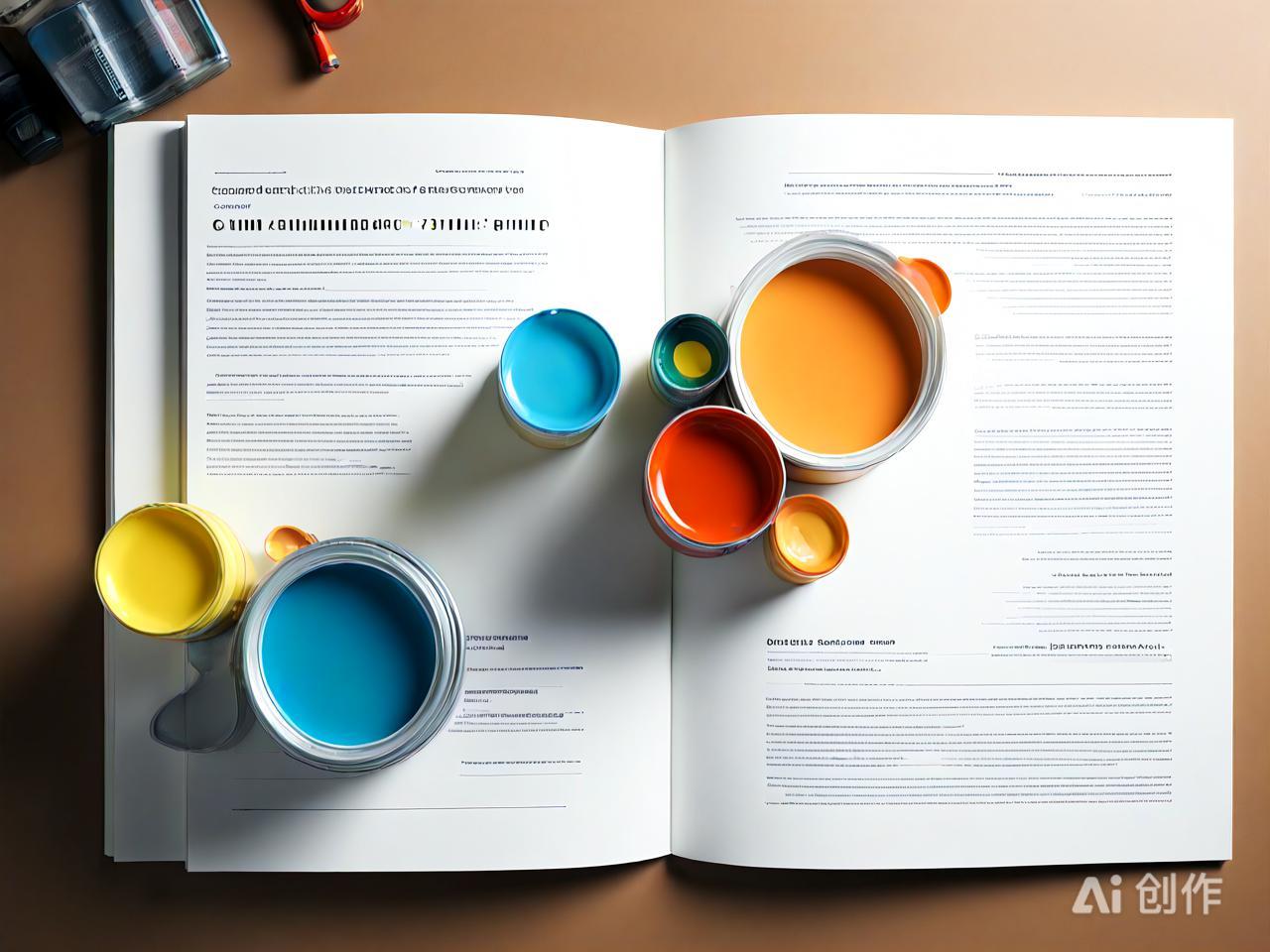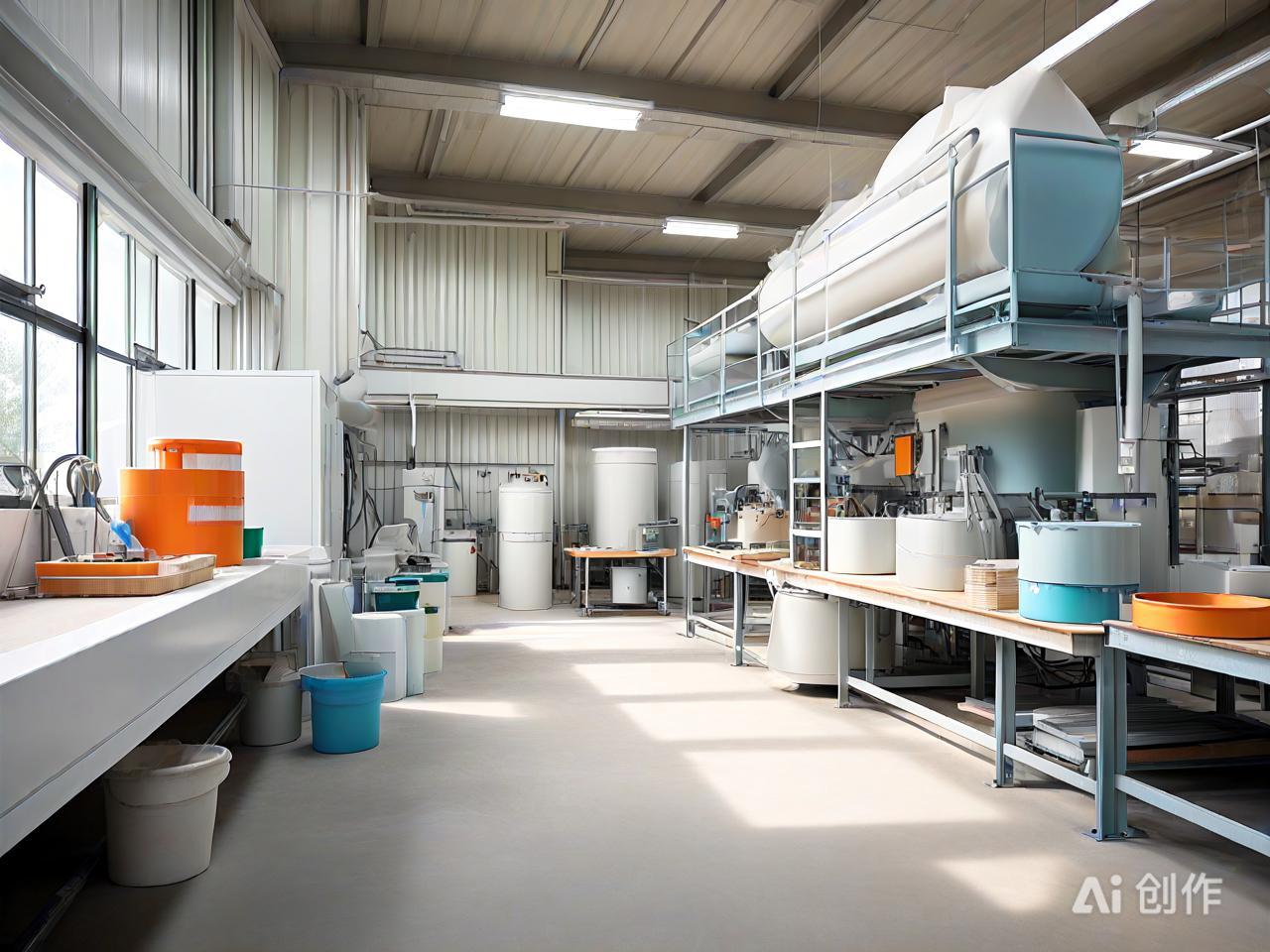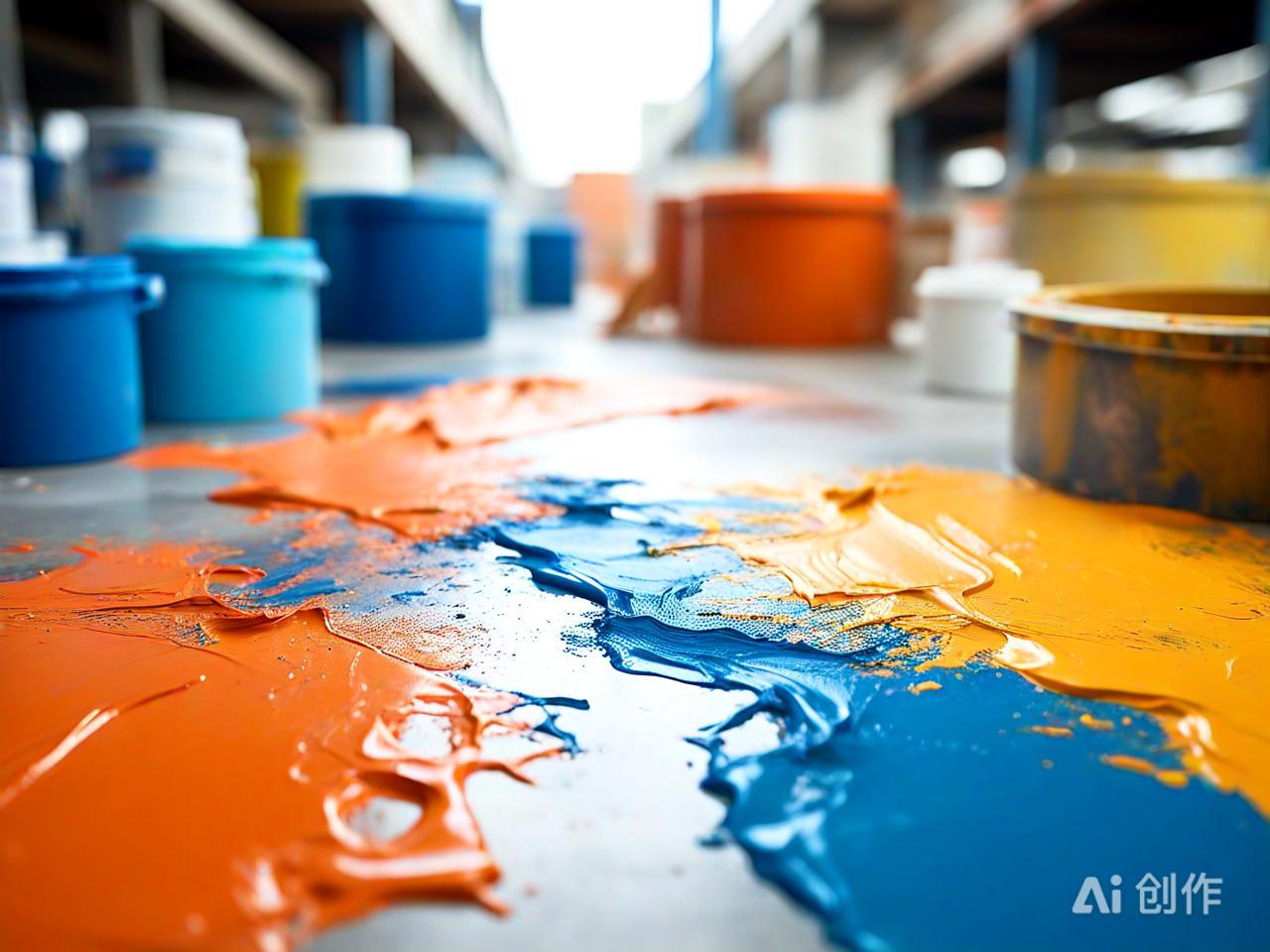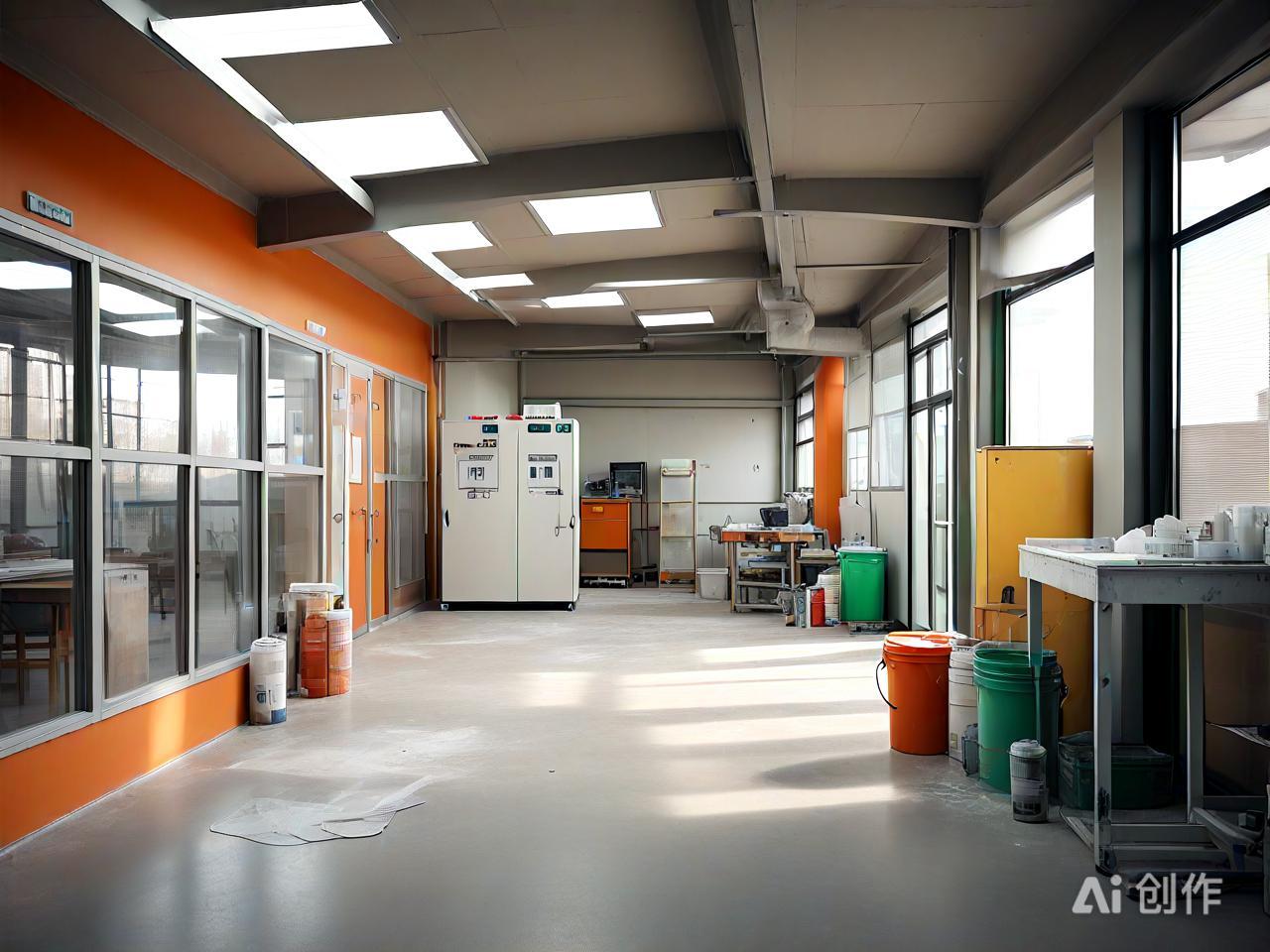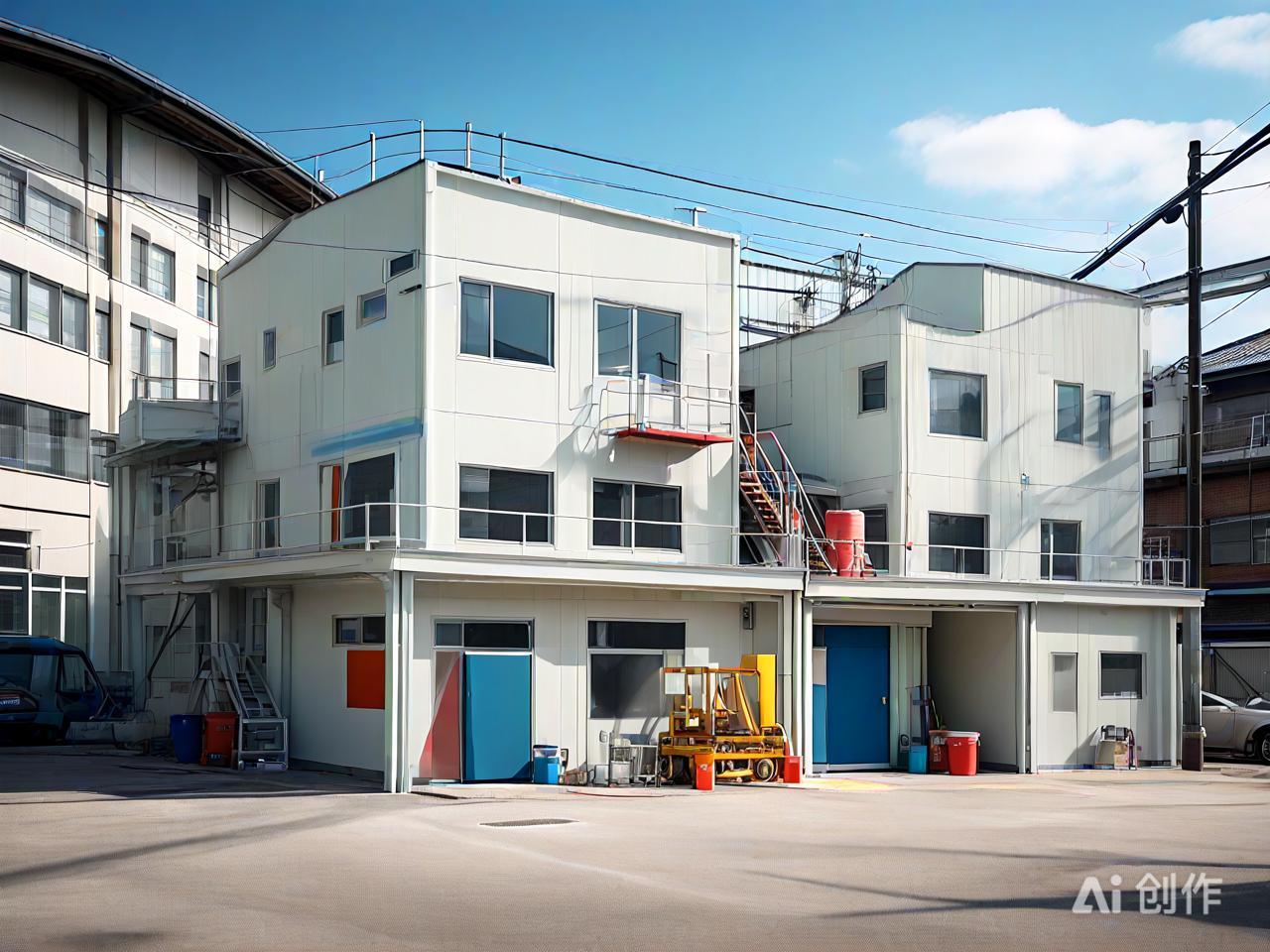Comprehensive Guide to Anticorrosive Coatings and Paints for Ships
Anticorrosive coatings and paints are essential for protecting ships from the harsh marine environment, which includes exposure to saltwater, humidity, and UV radiation. These coatings not only extend the lifespan of the ship but also enhance its performance and safety. This guide provides an overview of the types, benefits, and application techniques of anticorrosive coatings and paints for ships.
1. Types of Anticorrosive Coatings and Paints
Epoxy Coatings:
Properties: Excellent adhesion, chemical resistance, and durability.
Applications: Hulls, tanks, and structural steel.
Polyurethane Coatings:
Properties: High gloss, UV resistance, and flexibility.
Applications: Decks, superstructures, and exterior surfaces.
Zinc-Rich Primers:
Properties: Provides cathodic protection to the steel substrate.
Applications: Hulls, pipelines, and structural steel.
Chlorinated Rubber Coatings:
Properties: Excellent water and chemical resistance.
Applications: Swimming pools, tanks, and marine environments.
Silicone Coatings:
Properties: High heat resistance and weather ability.
Applications: Chimneys, boilers, and exhaust systems.
Intumescent Coatings:
Properties: Expands when exposed to heat, providing fire protection.
Applications: Structural steel, walls, and ceilings.
2. Benefits of Anticorrosive Coatings and Paints
Corrosion Protection: Prevents rust and corrosion, extending the lifespan of the ship.
Chemical Resistance: Resistant to chemicals, oils, and solvents.
UV Resistance: Protects against UV radiation, maintaining color and finish.
Durability: Provides a tough, abrasion-resistant finish.
Ease of Application: Can be applied using conventional methods such as brushing, rolling, or spraying.
3. Application Techniques
Proper application is crucial for ensuring the effectiveness of anticorrosive coatings and paints. Follow these steps:
Surface Preparation:
Cleaning: Thoroughly clean the surface to remove dirt, grease, oil, and loose particles. Use methods such as sandblasting, wire brushing, or chemical cleaning.
Surface Profile: Create a suitable surface profile to enhance adhesion. Use abrasive blasting to achieve the desired profile.
Priming:
Application: Apply a suitable primer to enhance adhesion and provide a uniform base for the topcoat.
Coating Application:
Methods: Apply the coating using a brush, roller, or spray equipment. Ensure even coverage and avoid puddling or uneven thickness.
Coats: Apply multiple thin coats rather than one thick coat. Allow adequate drying time between coats.
Curing:
Conditions: Allow the coating to cure fully before exposing it to water or traffic. Curing time depends on temperature and humidity conditions.
4. Quality Control and Inspection
Ensuring the quality of the application is critical for the effectiveness of the coating:
Thickness Measurement: Use a dry film thickness (DFT) gauge to measure the coating thickness. Ensure it meets the specified requirements.
Adhesion Test: Perform adhesion tests using methods such as cross-cut testing or pull-off testing.
Surface Appearance: Inspect the coated surface for uniformity, smoothness, and absence of defects such as cracks, bubbles, or peeling.
5. Maintenance and Inspection
Regular maintenance and inspection are essential to maintain the effectiveness of the coating:
Regular Inspection: Periodically inspect the coated surfaces for signs of wear, damage, or corrosion. Address any issues promptly.
Cleaning: Clean the coated surfaces regularly to remove dirt and debris that can affect the coating’s performance.
Recoating: Recoat the surfaces as needed, following the manufacturer’s recommendations. Regular recoating ensures continuous protection and extends the coating’s lifespan.
Conclusion
Anticorrosive coatings and paints are essential for protecting ships from the harsh marine environment, ensuring their longevity, performance, and safety. By understanding the different types of coatings and following proper application techniques and maintenance practices, you can achieve optimal corrosion protection. Invest in high-quality anticorrosive coatings and professional application to safeguard your ship and enhance its durability.
